Coronavirus: The superspreader scenario Australia must avoid
There’s one part of everyday life that tripped up virus success stories like Hong Kong and South Korea. And we can’t afford to repeat their mistake.
Australia is moving into a new phase of the COVID-19 pandemic. From a base of very low transmission, we are slowly opening up a range of settings while maintaining basic physical distancing and hygiene enhancements.
Given the similar epidemiological context, the coming months may well follow a similar course to that in Hong Kong and South Korea.
These countries have increasingly found that a small number of COVID-19 cases have led to large numbers of cases in particular high risk settings – during so-called “super spreading events”.
RELATED: Follow the latest coronavirus updates
RELATED: World records worst day for new infections
In countries that have generally suppressed the pandemic spread, most cases do not infect anyone else – a transmission dead-end. Preventing superspreading events has become a focus because they are an important, and efficient, way to control transmission.
For COVID-19, 80 per cent of transmission is thought to be caused by less than 20 per cent of cases. Working out who and where these 20 per cent of cases are can help us target our prevention and control efforts.
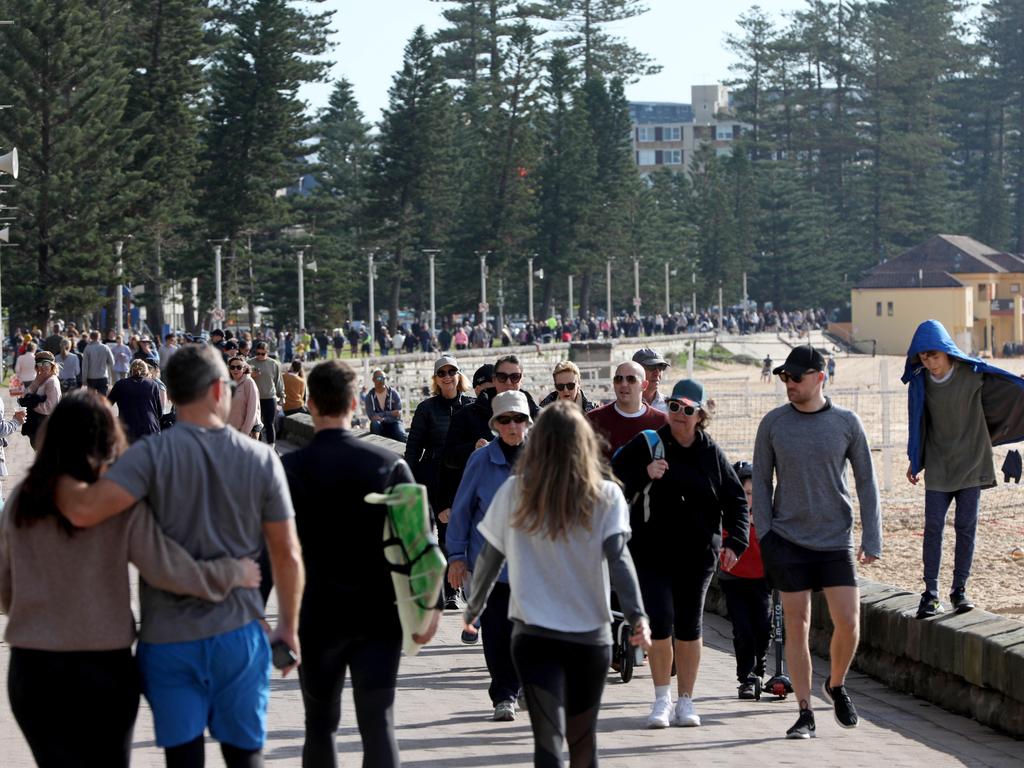
Several factors contribute to how many other cases a case goes on to infect – biological factors (eg the level of virus, or intensity of coughing), how long a case goes before being diagnosed and isolated, and where they go while infectious.
As we gain more experience of the virus, the settings that have the potential to cause super spreading events are becoming more clear.
They are characterised by any or many of the following factors: being indoors, crowded, involving close face-to-face or intimate interaction, poor ventilation, people doing vigorous exercise, or heavy work, loud talking, yelling or singing, and high levels of mixing.
Settings that share these factors, and have been involved in outbreaks or clusters of disease include cruise ships, aged care facilities, churches, gymnasiums, night clubs, karaoke bars, factories, weddings, and warehouses.
As gymnasiums begin their progressive opening it is timely to consider the challenges faced in this environment.
Much of the discussion of risk in these businesses seems to focus on sweatiness addressed through enhanced cleaning regimens, and the high touch zones on treadmills, bikes, freeweights, pegs on weight machine cages, and ropes that will require repeated vigilance and sanitisation.
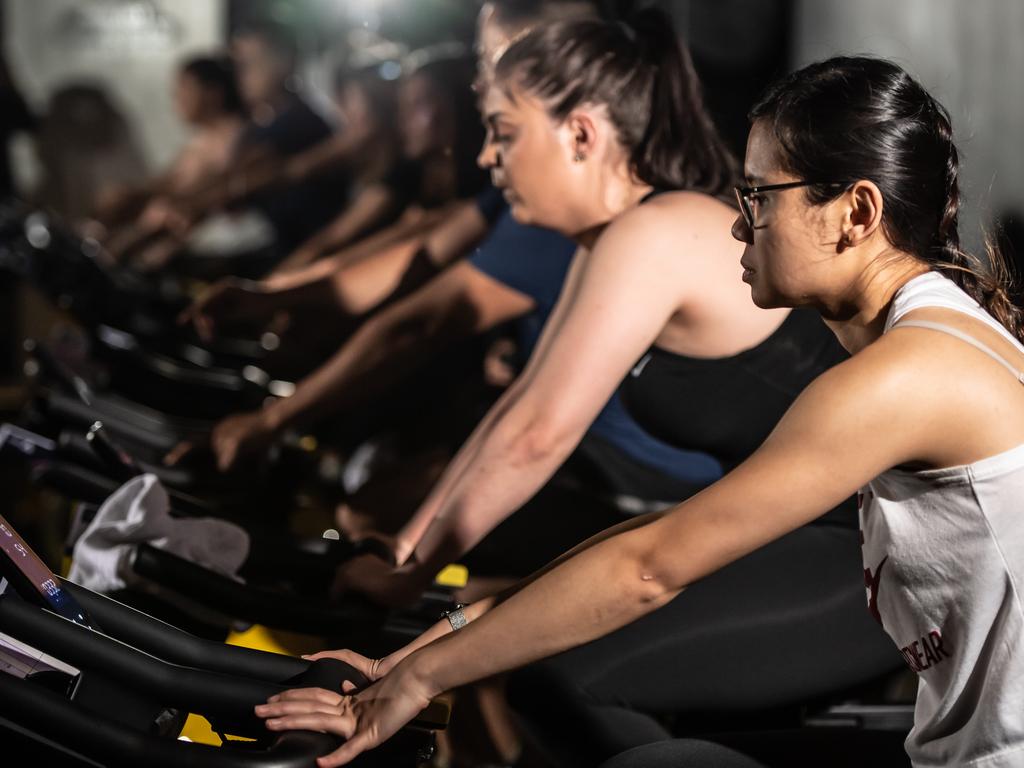
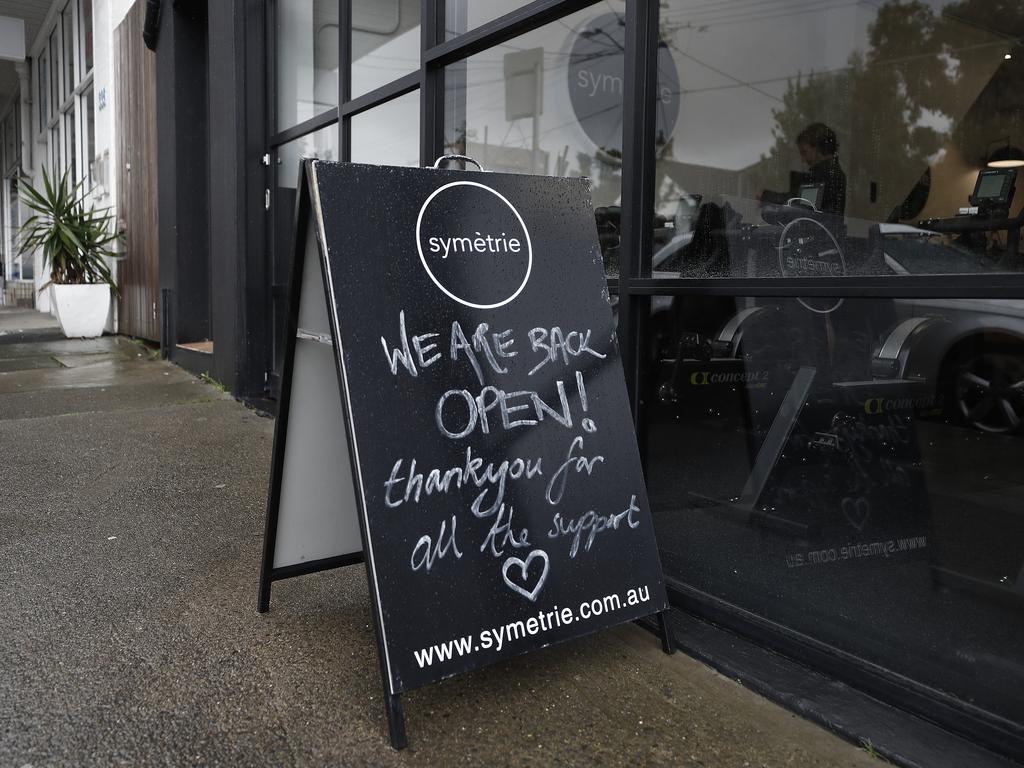
However, the main risk may be the increased risk of respiratory transmission.
Every gym user has a set of lungs with a surface area of 50 to 70 square metres, and thousands of branching airways that eventually lead to almost half a billion alveoli or air sacs.
The network of airways and respiratory secretions forms the basis for expelling infectious respiratory droplets potentially laden with virus into the environment.
The larger droplets, under normal circumstances, drop to the ground within a metre from the mouth or nose. However, during exercise the dynamics change. Forceful expulsion of air can transmit droplets much further and more of them are produced.
Under moderate to vigorous exercise, two to four times the usual amount of air may be inhaled and exhaled per minute. It is understood that inhaling increased numbers of viral particles increases the risk of infection and likely the seriousness of infection.
Therefore there is a twofold risk in this setting – an exercising person emitting higher numbers of viral particles and an exercising person inhaling higher volumes of viral particles.
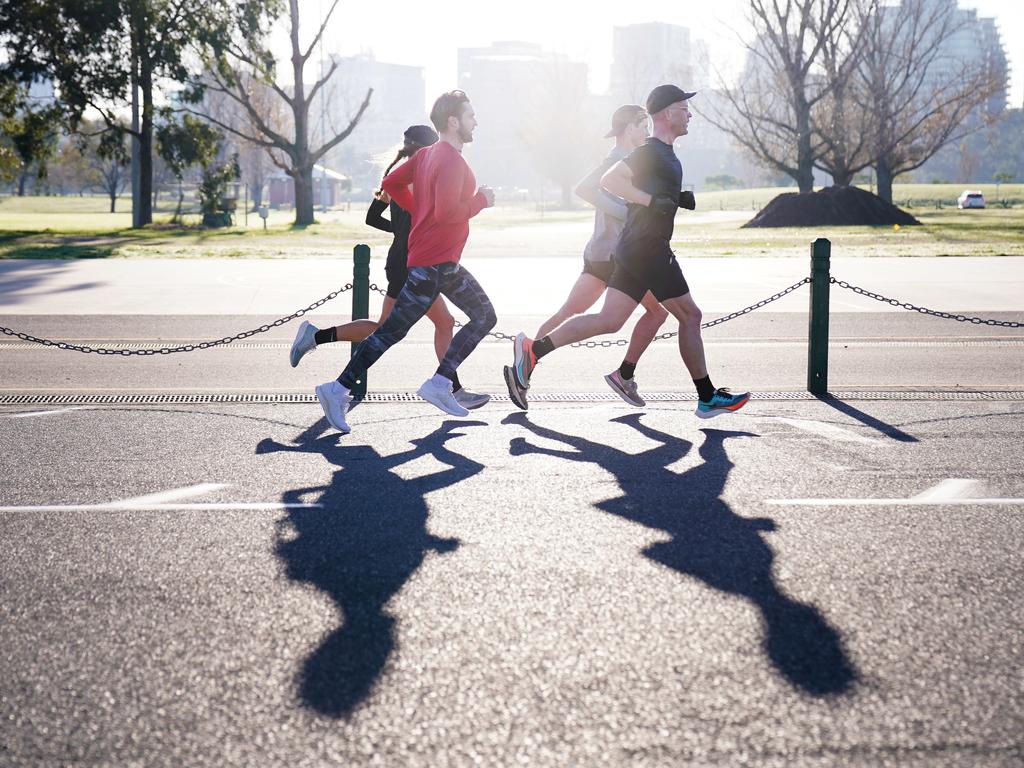
A four square metre allowance per person and 1.5 metre buffers are unlikely to be adequate in these settings. One vigorously exercising person could be emitting as much as four sedentary people and propelling droplets well beyond the 1.5 metre safety buffer.
In an outbreak in South Korea, fitness dance instructors were infected with COVID-19 at a training workshop, and went on to transmit infection to 57 of 217 – more than a quarter – students across several classes.
In the South Korean outbreak, transmission did not appear to occur when there was less than five participants in a class or 10 square metres or more per participant. Classes that were less vigorous such as yoga or pilates did not appear to be associated with infection. This suggests that the risk in gymnasiums may be associated with the more aerobic exercise activities.
This has implications for aerobic fitness classes, cross-fit, spin classes, cardio machines and vigorous free weight activities.
Gymnasiums may need to create larger buffers around people doing aerobic exercise and limit their numbers. Increasing air flow and ventilation in gymnasiums should be a priority to help prevent disease transmission. And where exercise can be done outside, it should be.
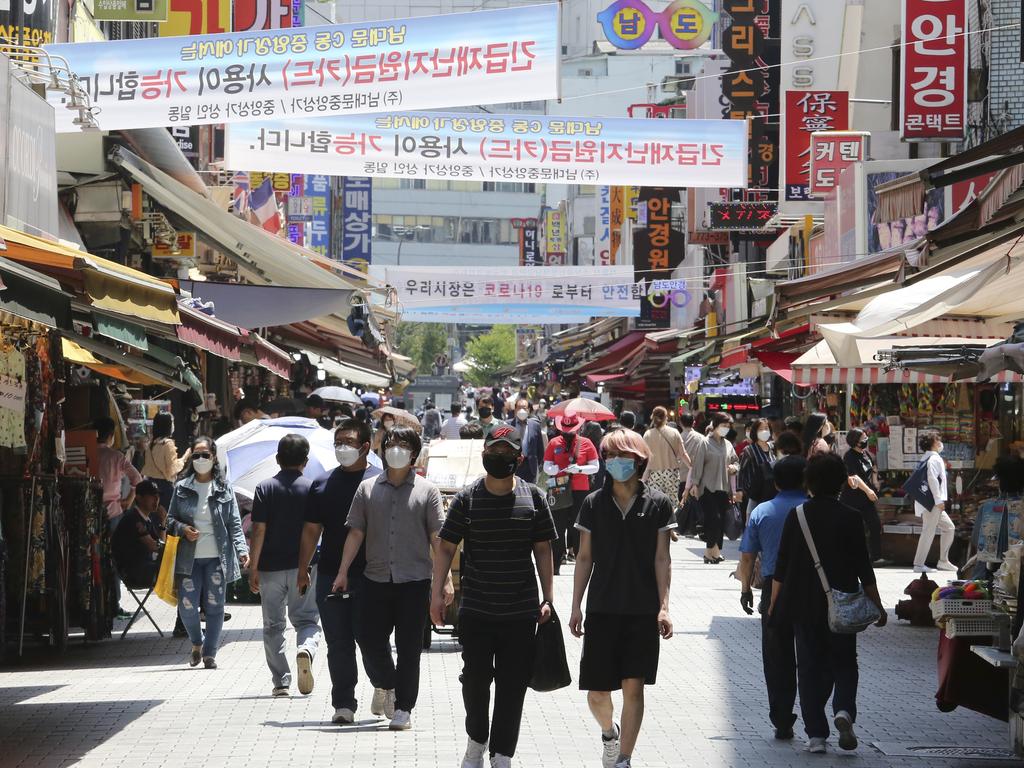
One constant indicator of risk in super-spreading settings is the number of people potentially exposed. As more people are allowed to gather the risk of a super-spreading event naturally increases.
While this poses the danger of overwhelming hospital and public health contact tracing responses, the silver lining is that exposure to identified high risk settings can be asked about in case interviews and targeted for intervention.
Large indoor gatherings without physical distancing maybe a challenge to manage until a vaccine is available. Even if a vaccine is developed it could take many years for it to be available in Australia and to achieve adequate coverage. With low-moderate level transmission (eg 3 per cent per month) meaningful herd immunity is not predicted in Australia in the next 12 to 18 months.
However, if the infections are concentrated among those who mix most, which is likely, then the threshold for herd immunity could be achieved earlier.
As a society we are trying to balance the maximum return to normal activity with the least health impact. We should not assume that all activities can be made “COVID-19 safe” or low enough risk to balance their health impact. Methods to quantify the relative risk of high risk settings are being developed.
They should be explored in the hope of developing objective and transparent guidelines for reopening or expanding attendance in settings conducive to superspreading.
Associate Professor Craig Dalton is a public health physician at the University of Newcastle and Dr Anthea Katelaris is public health registrar and field epidemiologist.
This is an excerpt from an academic preprint article published on the Social science Research Network.



